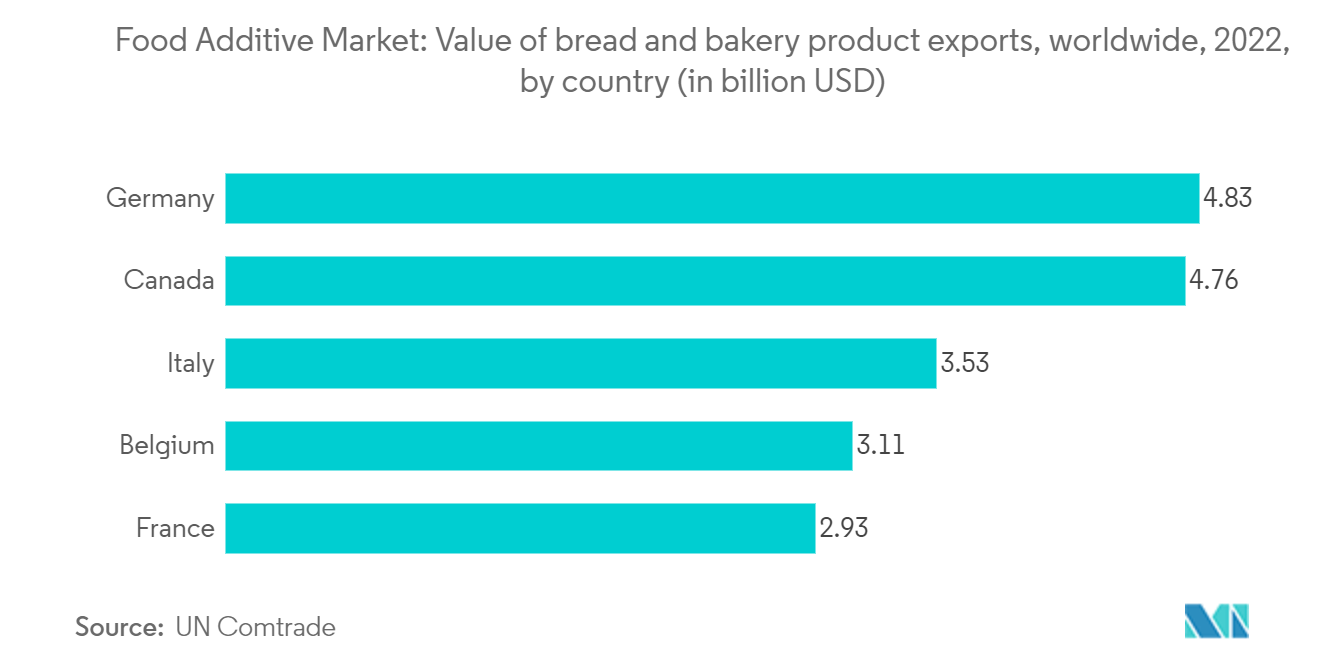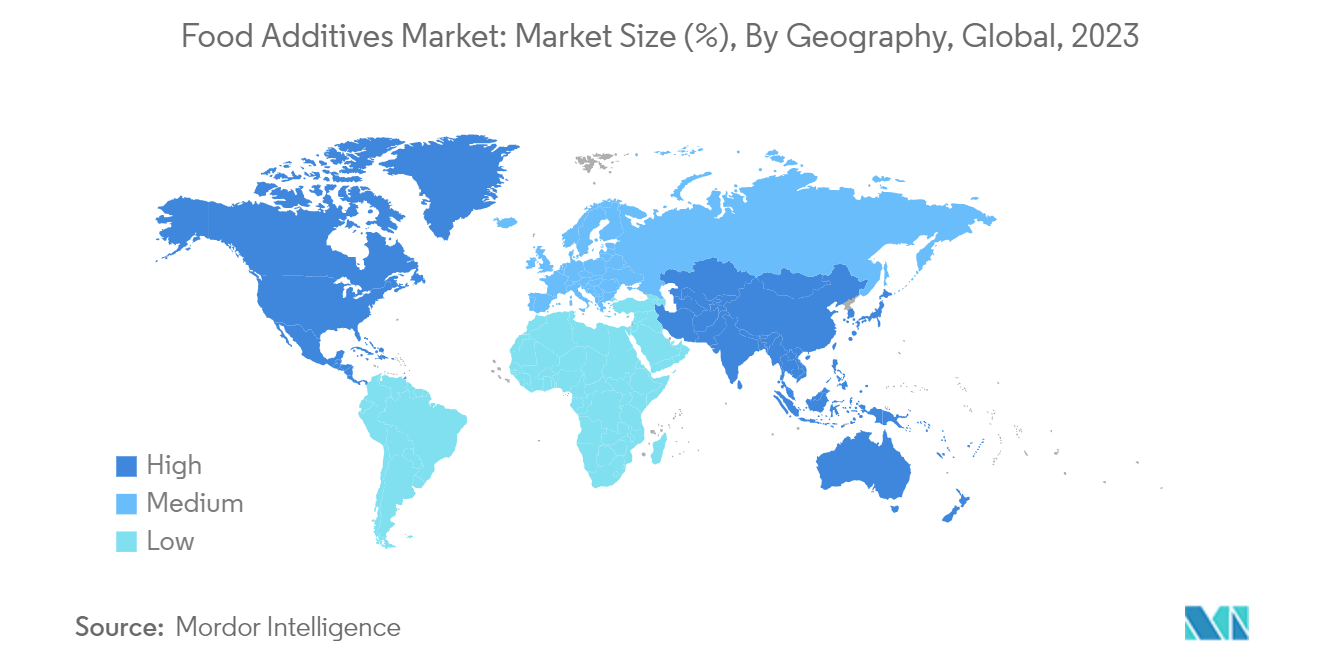Market Trends of Food Additives Industry
Demand for Bakery and Confectionery Drives the Use of Additives
Shifting customer preferences are fueling the demand for food additives. The rising demand for functional ingredients in bakery and confectionery products is largely attributed to their nutritional benefits. Bakery staples, including bread, buns, and biscuits, are integral to daily consumption. This widespread use across various regions is bolstering the market for food additives, encompassing flavors, preservatives, and emulsifiers. Emulsifiers play a pivotal role, offering benefits like protein strengthening, starch complexing, and aeration, making them indispensable in products like bread, biscuits, and cakes. Industrial bread production increasingly relies on emulsifiers, dough strengtheners, and dough softeners. Confectionery items, from chewing gums and chocolates to gummies, fillings, hard candies, marshmallows, and water jelly, also heavily incorporate food additives. Furthermore, bakeries and confectioneries frequently turn to artificial sweeteners to lower sugar content without sacrificing sweetness, a move that resonates with health-conscious consumers. Data from LocalCircles in 2023 highlighted that in India, 37% of artificial sweetener consumption was in food and drinks, with sugar-free gums trailing at 32%. Such extensive use of food additives in the bakery and confectionery sectors propels market growth.

North America Dominates the Market
The food and beverage additives market is experiencing significant growth due to the increasing demand for packaged food products. According to US News, over half of the packaged food and beverage products purchased by US households in 2019 contained three or more additives. By 2023, approximately 60% of the purchased foods included coloring or flavoring agents, preservatives, and sweeteners.
In Canada, the dominance of processed food and drink products (UPF) in the food supply, alongside their escalating sales and consumption trends, has led to an increased reliance on packaged, processed food items. As per the Food & Nutrition Policy for Public Health report, these items accounted for approximately 75% of the Canadian food supply during 2021-2022.
According to Mexico Food export reports, the Mexican food sector ranked as the third-largest processed food producer in the Americas, following the United States and Brazil in 2022. Also, the USDA 2022 report states that the bakery and tortilla sector stands out as the primary subsector in Mexico, contributing 30% to the overall GDP of the processed food industry, with meat and dairy products following closely behind. The corn tortilla is the primary staple food in the Mexican diet, with a per capita tortilla consumption of 75 kilograms (kg) per year as per USD Reports 2022. Moreover, the increasing consumption of beverages plays a pivotal role in driving demand for food additives in Mexico.


